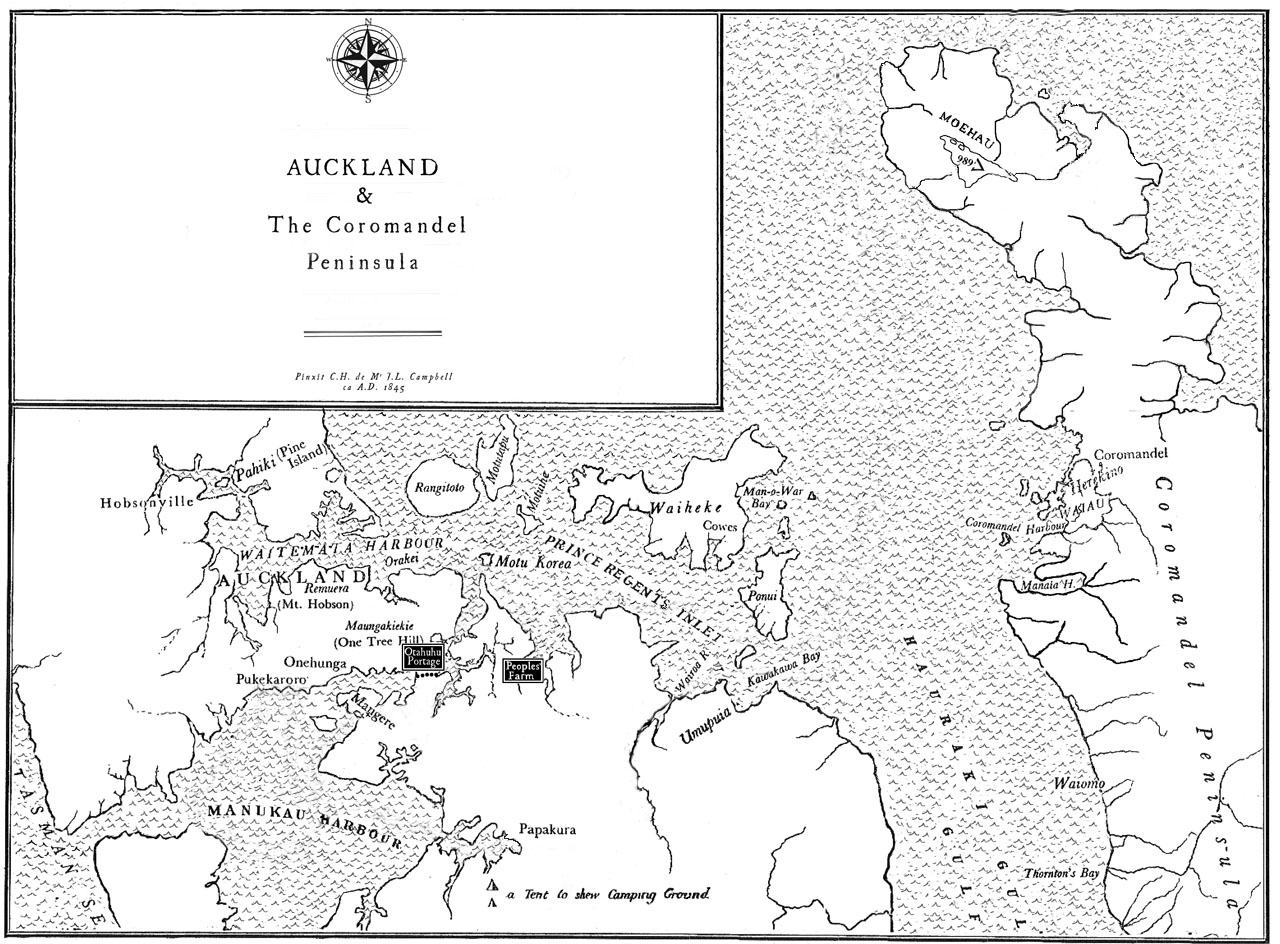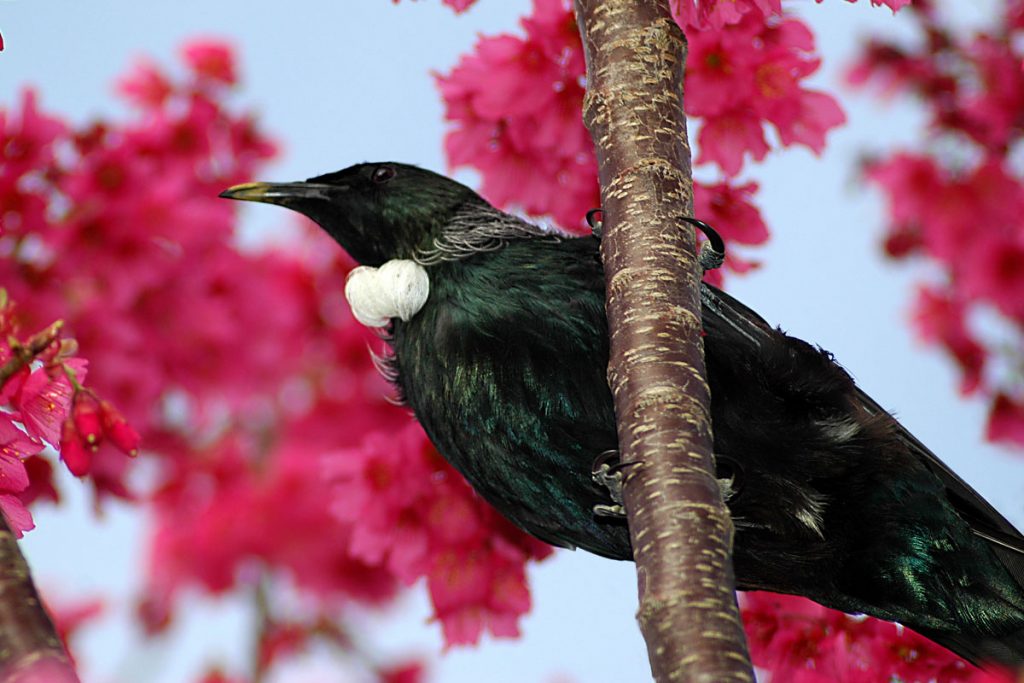

Behind the Story
The Royal New Zealand Fencibles were a force of retired soldiers from Great Britain, required to be of good character, under 48 years of age, at least 5 feet 5 inches in height and with a minimum of 15 years’ service. On the 5th of August 1847 the first detachment arrived in the new colony of New Zealand on the Ramillies, the first of ten ships that would eventually bring 2,500 men and their families.
They formed a part-time civilian militia, like modern Territorials, with bases in Otahuhu, Onehunga, Howick and Panmure protecting the southern perimeter of Auckland. This deployment faced the territory of New Zealand’s largest tribe, the Tainui, who held sway over the land, rivers and two coasts for two hundred miles south of the new capital. In the story,. They were never called on in a military capacity during the peaceful years following the Treaty.
In the story Winnie’s father commands the Onehunga detachment. Many New Zealanders can trace their ancestry to a Fencible soldier.
Early in the same year, 1847, the Springfield Arms Co. of Massachusetts released a rifled musket. This was the first military use of the far more accurate rifled barrel which would change battlefield tactics forever. The musket that Winnie takes on her journey with Rawiri and Kura was a Springfield rifled musketoon.
Everything in The Musket Girl might have happened …
